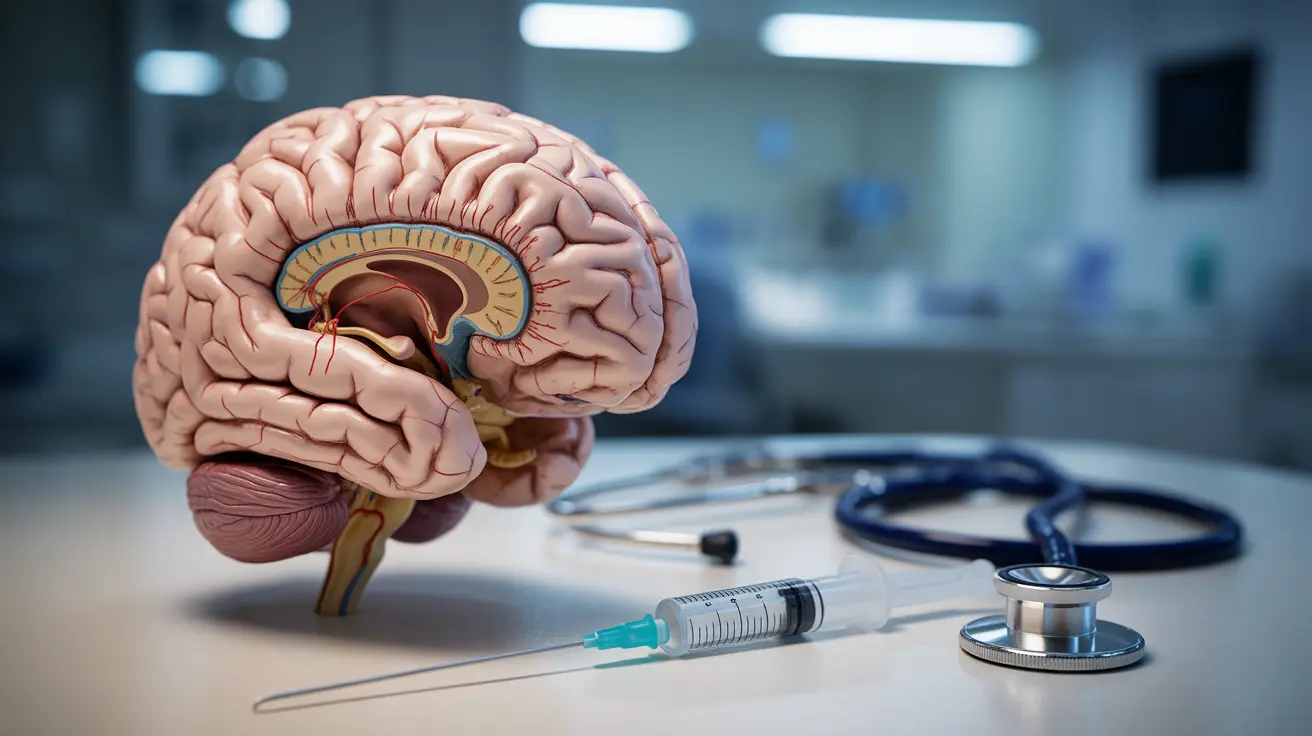When someone experiences a stroke, immediate and appropriate medical intervention can mean the difference between life-changing disability and successful recovery. Understanding the three main treatments for stroke is crucial for patients and their families, as it helps them make informed decisions during critical moments.
This comprehensive guide explores the primary treatment approaches for stroke, their effectiveness, and when each option is most appropriate. We'll also discuss the importance of timing and the role of ongoing care in stroke recovery.
The Three Primary Stroke Treatments
1. Emergency Medical Treatments
The first line of defense against stroke damage involves emergency medical interventions, which must be administered as quickly as possible after symptoms begin.
- For ischemic strokes (caused by blood clots):
- Intravenous thrombolysis (tPA)
- Mechanical thrombectomy
- Blood pressure management
- Oxygen therapy
- For hemorrhagic strokes (caused by bleeding):
- Blood pressure reduction
- Reversal of blood-thinning medications
- Management of increased intracranial pressure
2. Surgical Interventions
Surgical treatments may be necessary depending on the type and severity of the stroke. These procedures aim to prevent further damage and reduce the risk of future strokes.
- Common surgical approaches include:
- Carotid endarterectomy
- Aneurysm clipping
- Arteriovenous malformation repair
- Stenting procedures
3. Rehabilitation Therapy
Rehabilitation is crucial for maximizing recovery and regaining lost functions. This treatment typically begins in the hospital and continues after discharge.
- Key components of stroke rehabilitation include:
- Physical therapy
- Occupational therapy
- Speech and language therapy
- Cognitive rehabilitation
- Psychological support
Time-Critical Nature of Stroke Treatment
The effectiveness of stroke treatments heavily depends on how quickly they are administered. Medical professionals often use the phrase "time is brain" to emphasize this urgency.
- For ischemic strokes:
- tPA must typically be given within 4.5 hours of symptom onset
- Mechanical thrombectomy can be effective up to 24 hours in select cases
- Earlier treatment correlates with better outcomes
Long-Term Recovery and Prevention
Following initial treatments, ongoing care focuses on preventing future strokes and optimizing recovery. This includes:
- Medication management
- Risk factor control
- Lifestyle modifications
- Regular medical follow-up
- Continued rehabilitation as needed
Frequently Asked Questions
What are the three main treatments for a stroke, and how do they work?
The three main treatments for stroke are: 1) Emergency medical treatments, including clot-busting drugs or bleeding control measures, 2) Surgical interventions to repair damaged blood vessels or remove clots, and 3) Rehabilitation therapy to restore function and independence.
How quickly do stroke treatments need to be given, and what happens if they are delayed?
Stroke treatments are most effective when administered within the first few hours after symptoms begin. For example, clot-busting medication (tPA) must typically be given within 4.5 hours. Delays can result in increased brain damage and poorer outcomes.
What medications are used to treat different types of stroke, and are there side effects?
For ischemic strokes, medications include tPA and blood thinners. For hemorrhagic strokes, drugs to lower blood pressure and reverse blood thinners are used. Side effects can include bleeding risks, blood pressure changes, and allergic reactions.
What types of surgery can help someone recover from a stroke, and when are they used?
Surgical options include carotid endarterectomy to remove plaque, mechanical thrombectomy to remove large clots, and procedures to repair damaged blood vessels. These are used when medication alone isn't sufficient or for specific types of strokes.
What therapies and lifestyle changes help with stroke recovery and prevent another stroke?
Recovery involves physical, occupational, and speech therapy, combined with lifestyle changes such as managing blood pressure, maintaining a healthy diet, regular exercise, smoking cessation, and controlling diabetes. These changes are crucial for preventing future strokes.




